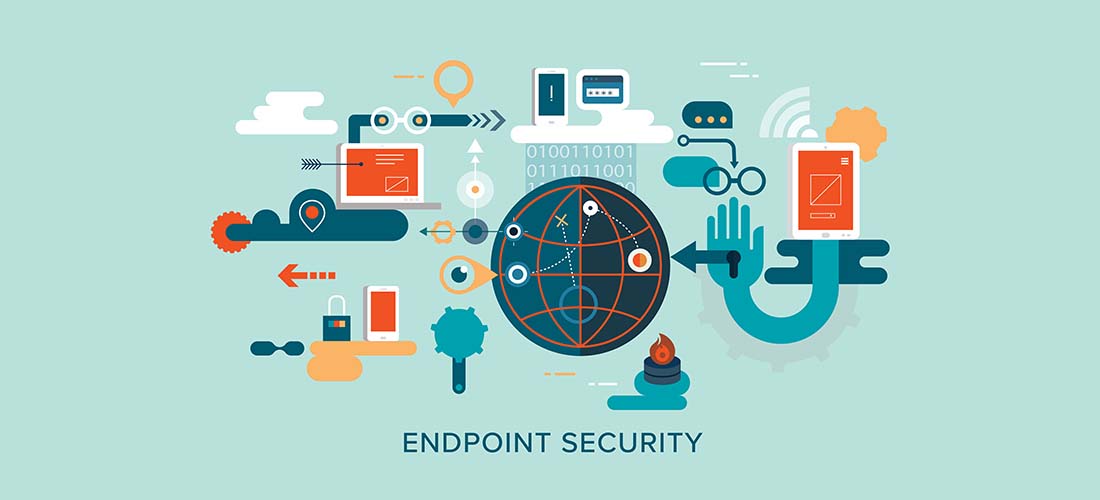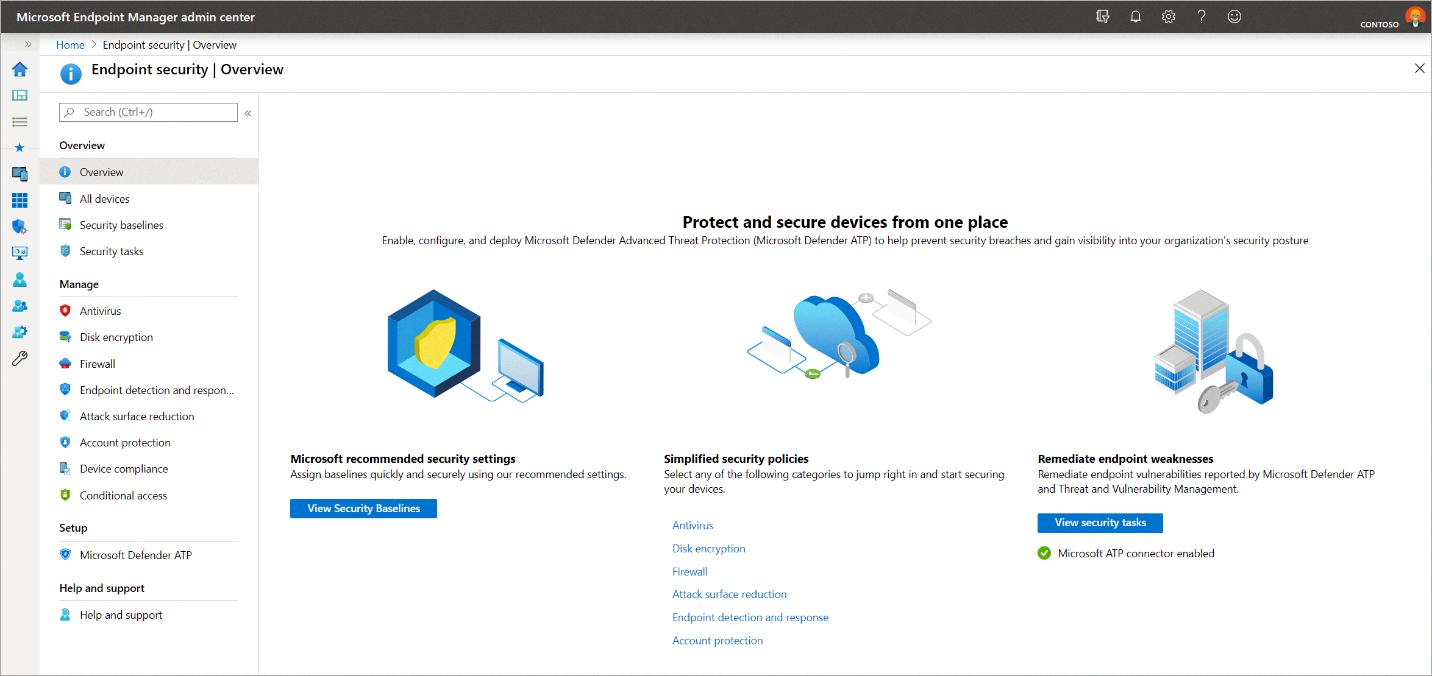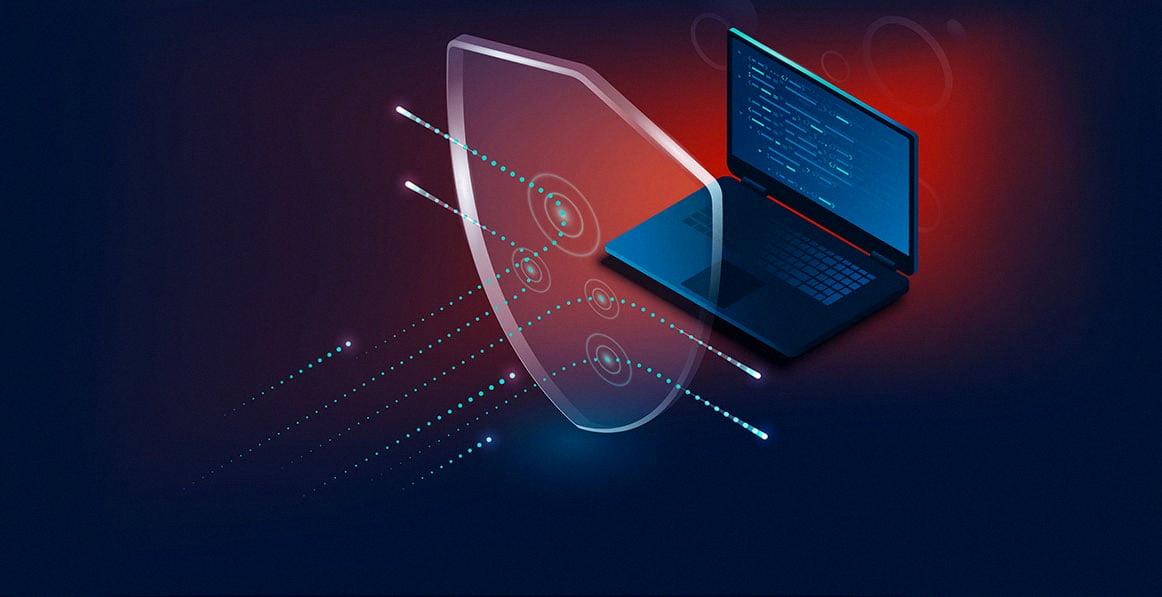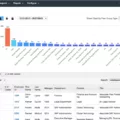As organizations navigate the increasingly complex landscape of cyber security threats, it’s important to ensure they have the best endpoint protection available. Endpoint protection platforms (EPP) are designed to help protect endpoints from malicious threats, such as malware, viruses, and ransomware. The right EPP can provide organizations with comprehensive protection against a wide range of cyber threats, allowing them to keep their systems safe and secure.
When considering an EPP for your organization, there are a few key features you should look for. Firstly, you should look for an EPP that has robust protection against both known and unknown threats. This will help ensure that any new or previously undetected malware is identified and blocked before it can cause any damage. Additionally, the EPP should provide real-time threat detection and prevention capabilities in order to stay ahead of potential attacks.
In addition to providing traditional endpoint security solutions, many modern EPPs also come with additional features such as user behavior monitoring and endpoint detection and response (EDR). User behavior monitoring helps identify suspicious user activity by analyzing user behavior patterns over time. On the other hand, EDR solutions allow you to detect and respond to incidents that managed to bypass your EPP or other security measures.
Now that you know what features to look for in an EPP solution, let’s take a look at some of the best endpoint protection suites on the market today:
• Malwarebytes
• Symantec End-user Endpoint Security
• Sophos Intercept X: Next-Gen Endpoint
• Crowdstrike Falcon Endpoint Protection Platform
• ESET PROTECT Advanced
• FortiClient
• Webroot Harmony Endpoint
• Carbon Black Cloud
• McAfee Total Protection
• Trend Micro Maximum Security
Each of these EPP solutions offers its own unique set of features designed to keep organizations safe from cyber threats. When choosing an endpoint protection suite for your organization, be sure to carefully consider the features offered by each solution in order to select one that best meets your needs. With the right EPP in place, you can rest assured knowing that your organization is protected from a wide range of cyber threats.

The Difference Between EDR and Endpoint Protection
Endpoint Protection Platforms (EPP) and Endpoint Detection and Response (EDR) solutions are both important tools for protecting your endpoint devices from security threats. EPP focuses on preventing security threats, such as known and unknown malware, by stopping malicious files from executing on your devices. EDR, on the other hand, is designed to detect any incidents that managed to bypass your EPP or other security measures. It can also help you respond quickly to any detected incidents by providing detailed insights into the threat, helping you identify its source and suggest possible countermeasures. In short, EPP helps prevent security threats while EDR helps you detect and respond to them in case prevention fails.

Source: techcommunity.microsoft.com
Which Endpoint Protection Is the Best for Security?
The best endpoint protection depends on the specific needs of your organization. Some of the top-rated solutions include Malwarebytes, Symantec End-user Endpoint Security, Sophos Intercept X: Next-Gen Endpoint, Crowdstrike Falcon Endpoint Protection Platform, ESET PROTECT Advanced, FortiClient, Webroot, and Harmony Endpoint. Each of these suites offers different levels of protection against malware and viruses, so it’s important to take the time to research which one is best suited for your organization.
Malwarebytes offers a robust suite of features including threat intelligence and proactive security measures to ensure real-time protection from advanced threats. Symantec End-user Endpoint Security provides comprehensive endpoint protection with endpoint detection and response capabilities to help detect suspicious activity. Sophos Intercept X: Next-Gen Endpoint provides next-generation antivirus with advanced machine learning and exploits prevention as well as anti-ransomware capabilities. Crowdstrike Falcon Endpoint Protection Platform has features such as AI-powered threat prevention, automated incident response, and threat-hunting capabilities. ESET PROTECT Advanced provides comprehensive protection with advanced detection techniques and proactive prevention against emerging threats. FortiClient is an integrated endpoint solution that provides network access control, vulnerability management, and zero-trust security policies. Webroot provides fast scans with powerful cloud intelligence for detecting new threats quickly and accurately. Harmony Endpoint is designed for businesses that need total control over their endpoint environment with powerful analytics for tracking user behavior in real-time.
No matter which option you choose, make sure it meets all your security requirements while offering the best performance possible for your organization.
The Benefits of Enhanced Detection and Response (EDR) Compared to Antivirus
EDR (Endpoint Detection and Response) is a type of security solution that provides more comprehensive protection than traditional antivirus. It allows organizations to detect, investigate, and respond quickly to threats on their endpoints. EDR goes beyond the basic detection capabilities of antivirus by providing additional features such as threat hunting, incident response, forensics, and machine learning. These features enable organizations to detect malicious activity in real time, investigate incidents faster, and take action quickly against potential threats. Additionally, EDR solutions are often integrated with other security tools such as SIEMs, Threat Intelligence Platforms (TIP), and Identity & Access Management (IAM) systems. This integration allows organizations to gain visibility into their entire IT environment while also improving the accuracy of their threat detection capabilities. Overall, EDR offers organizations more robust protection than antivirus alone and can help them better protect their critical assets.
Do I Need Antivirus Protection if I Have Endpoint Detection and Response (EDR)?
While EDR solutions provide enhanced security capabilities, they are not intended to replace traditional antivirus and firewall solutions. Both antivirus and EDR solutions play important roles in protecting your environment from malicious threats. Antivirus solutions detect known malware by scanning files and flagging suspicious activity, while EDR tools monitor suspicious behavior on endpoints, allowing you to track, monitor, and analyze data for more effective threat detection. Therefore, both antivirus and EDR should be used together in order to provide comprehensive protection for your environment.

Source: watchguard.com
Does Microsoft Offer an Endpoint Detection and Response Solution?
Yes, Microsoft has an Endpoint Detection and Response (EDR) solution, which is available as part of Microsoft 365 Defender. It provides a comprehensive set of features to detect, investigate, and respond to cyber threats on endpoints. It includes advanced threat protection capabilities such as advanced hunting, machine learning-based detections, automated threat response workflows, and more. Additionally, EDR can be configured to operate in either “detect” or “block” mode for maximum protection.
What to Consider When Choosing Endpoint Protection
When looking for an endpoint protection product, there are several key features to consider. First, it should provide protection from threats spread via email, such as malicious links and attachments. Second, it should protect against malicious web downloads, which can include viruses and other malicious software. Third, it should protect against exploits such as buffer overflows and other attempts to gain unauthorized access to a computer or network. Fourth, data loss protection (DLP) should be included to prevent sensitive data from being leaked or stolen. Fifth, application and device control helps ensure that only authorized devices and applications can access the network. Finally, the product should provide reports and alerts so you can quickly detect and respond to any security threats or breaches.
Conclusion
When it comes to selecting the best endpoint protection, there are a variety of options available. Malwarebytes, Symantec End-user Endpoint Security, Sophos Intercept X: Next-Gen Endpoint, Crowdstrike Falcon Endpoint Protection Platform, ESET PROTECT Advanced, FortiClient, and Webroot are all great options that provide comprehensive protection from malware and other security threats. Additionally, EDR solutions can provide an additional layer of security by detecting and responding to incidents that managed to bypass traditional endpoint protection measures. No matter which option you choose, having a reliable endpoint protection system in place is essential for ensuring the security of your network and data.








